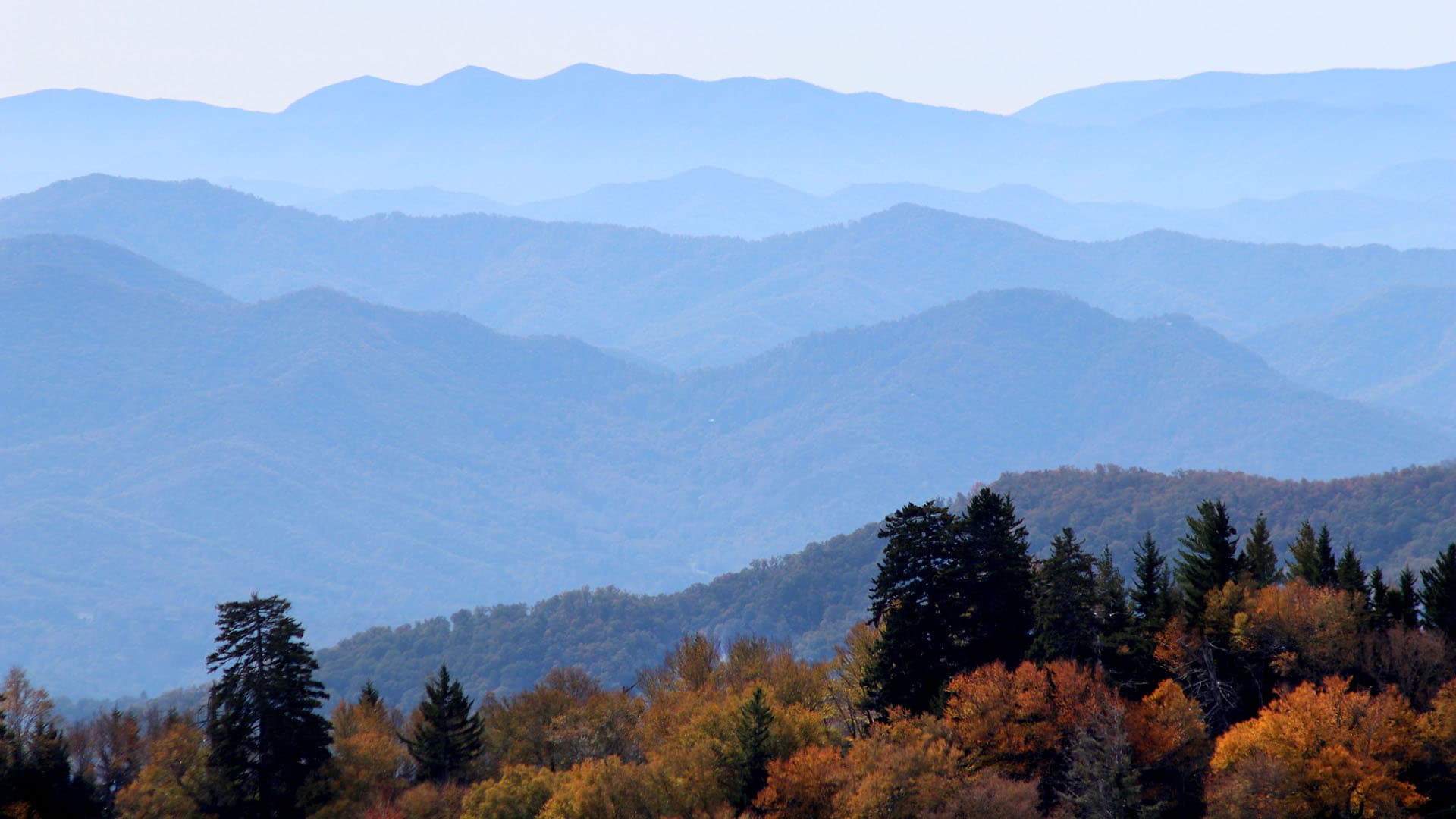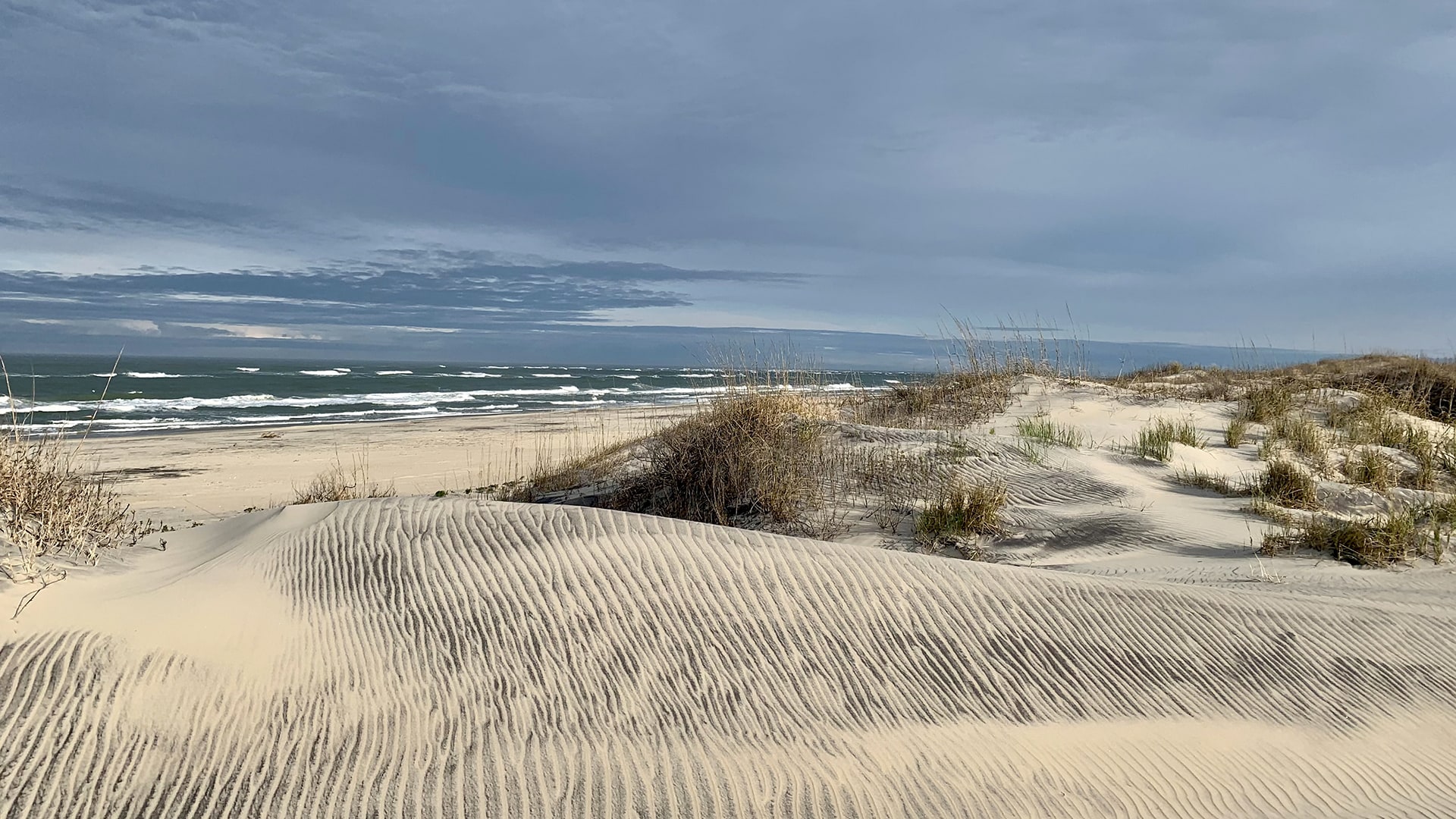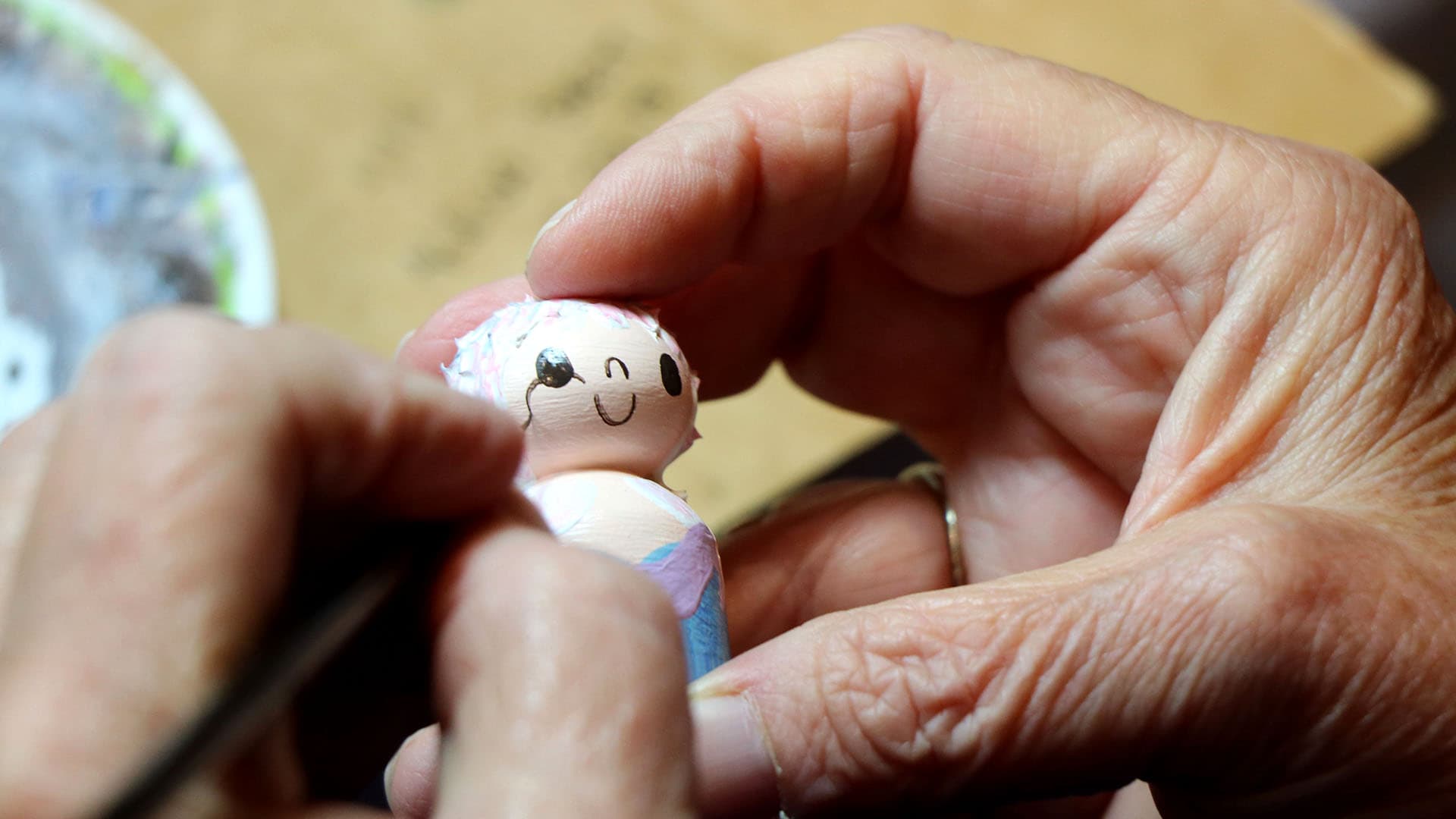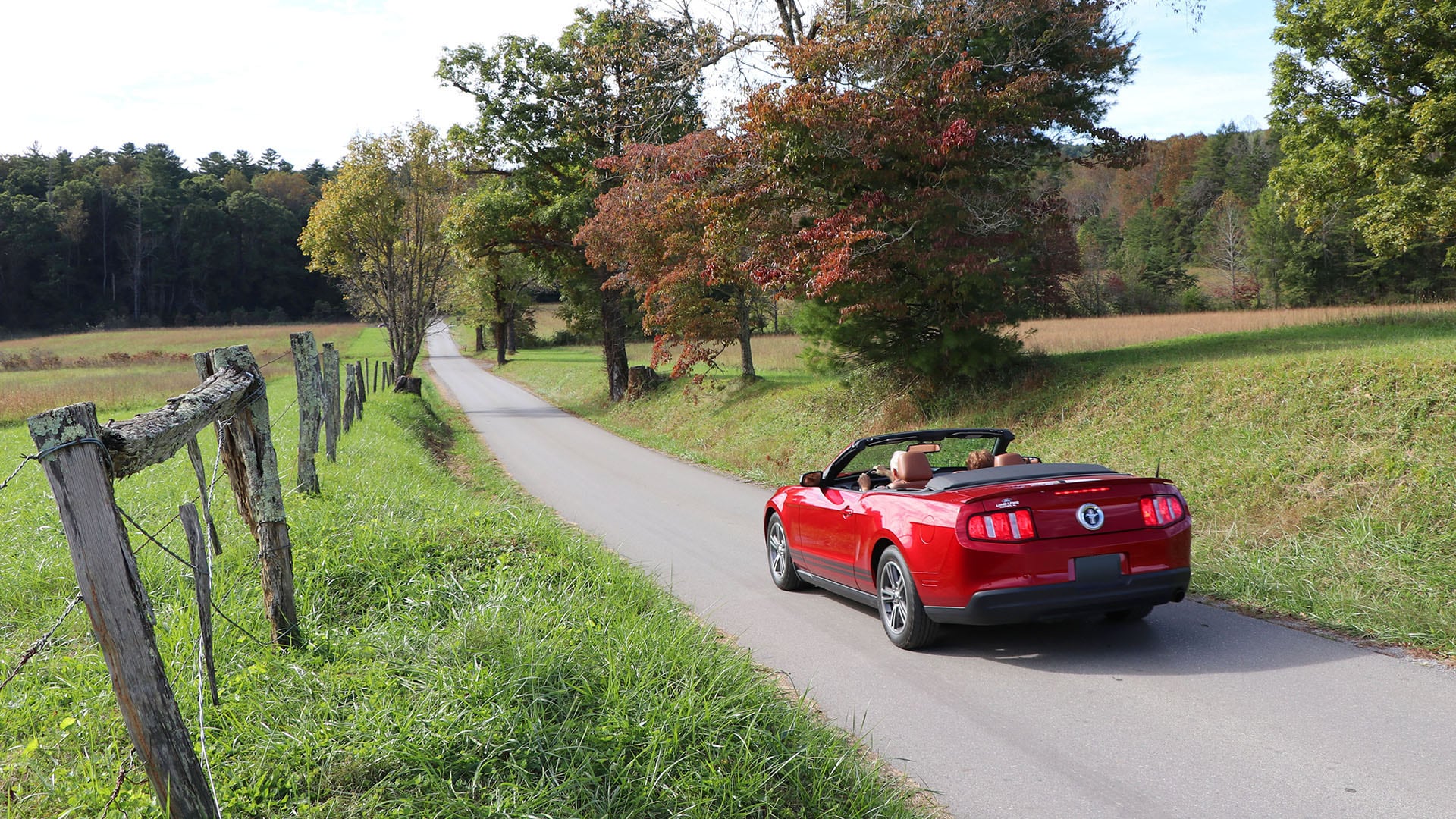Searching for Treasures in Asheville, North Carolina

An artist demonstrates her craft at the Folk Arts Center at Asheville.
Story and photos by Tom Uhlenbrock
Tom is an award-winning travel writer and journalist based in St. Louis.
City is a must-see stop for arts-and-crafts lovers.
After crossing Great Smoky Mountains National Park and driving east on the Blue Ridge Parkway, our mountain road trip took a detour at Milepost 382 on the southeast edge of Asheville, North Carolina.
Asheville is the arts-and-crafts capital of the Southeast, and my wife, Lisa, wanted a little shopping time after serving as chief navigator on our weeklong trip.
The exit led us to the visitor center for the parkway and to the Folk Arts Center, which is the home of the Southern Highland Craft Guild. The guild membership encompasses some 800 artisans, and they sell their traditional works in the center.
After browsing through the pottery, jewelry, dolls, textile art and hand-crafted wood furniture, we departed with two modest purchases — a pewter dove pin for our neighbor back home and a bottle of Beesoil to treat the beautiful maple bowl we had purchased in Asheville years ago.
We made a quick stop at the nearby Tunnel Road gallery, which also sells one-of-a-kind crafts made by guild members. Lisa coveted an inlaid wood bowl, but it was the size of a coffee cup and over our budget at $185.

Glassware lights up at the Tunnel Road gallery in Asheville.

The historic Omni Grove Park Inn sits on a mountainside overlooking Asheville.
She did make an important purchase at lunch on the Sunset Terrace of the historic Omni Grove Park Inn, a majestic, multistoried rock structure that sits on a mountainside overlooking Asheville. Her Champagne Cobbler was made with raspberry vodka, fresh lemon, strawberry puree and Chandon Rose. We also had fried green tomato BLTs.
From there, we headed to the Grove Arcade, amid the Art Deco buildings in the downtown Asheville Art District. At the Mountain Made shop in the arcade, Lisa went for a pair of glass earrings for $30.
I made my only purchase at Kilwins after drooling over the made-in-store confections displayed in the front window. I walked out with 60 bucks worth of fudge and giant caramel, pecan and chocolate turtles.
Our final stop in Asheville was for a tour of the Biltmore Estate, completed in 1895. A shuttle bus took us over the 8,000 acres of manicured grounds and gardens. The driver welcomed us to “America’s biggest house. It has 250 rooms, 35 bedrooms and 43 bathrooms, none of which you can use.”
Cornelius Vanderbilt made $100 million in shipping and railroads. His son, William Henry Vanderbilt, doubled the family fortune. His grandson, George Washington Vanderbilt, inherited that $200 million and devoted his life to building the mansion and filling it with art and furniture from around the world. The oil paintings, tapestries, sculptures and incredible wood furniture are an opulent testimony to his mission to be a world-class shopper.
Our final splurge came that night after dinner at our cabin on the French Broad River. For dessert, we split one of the giant caramel turtles over glasses of red wine and toasted a successful shopping spree.

Made-in-store confections fill the front window of Kilwins in downtown Asheville.
Related
- DELETE - Great Places to Run in the U.S.
- DELETE - Road Trip to 5 Midsize Cities With Thriving Art Scenes
- Cold Weather Destinations
- Driving Through The Smoky Mountains: Planning Your Road Trip
- Offseason on North Carolina’s Outer Banks
- North Carolina Trips
- Searching for Treasures in Asheville, North Carolina
- Cades Cove Scenic Drive is a Trip Back in Time





